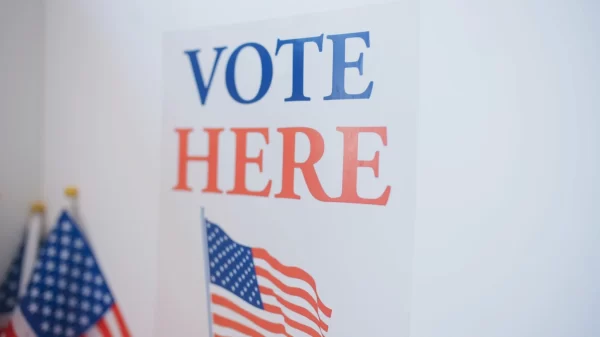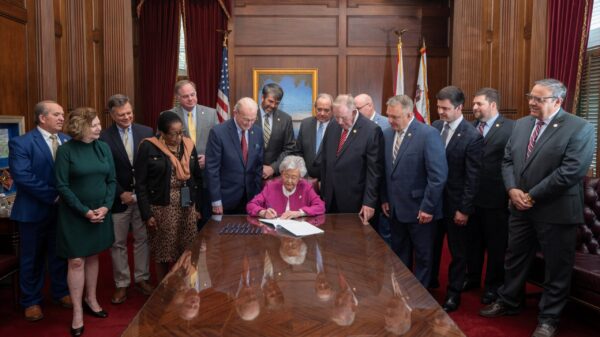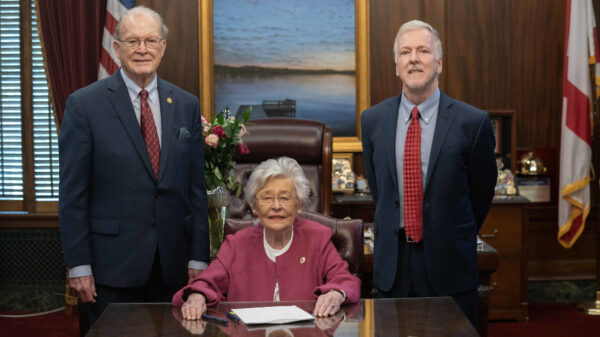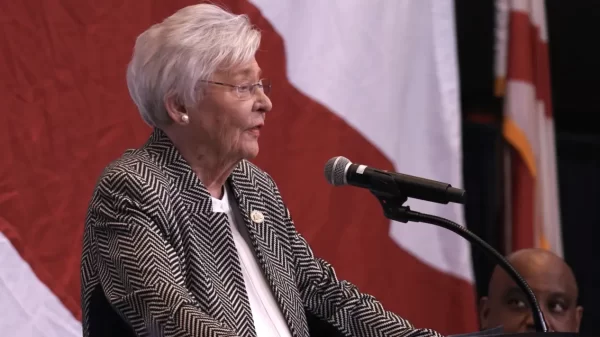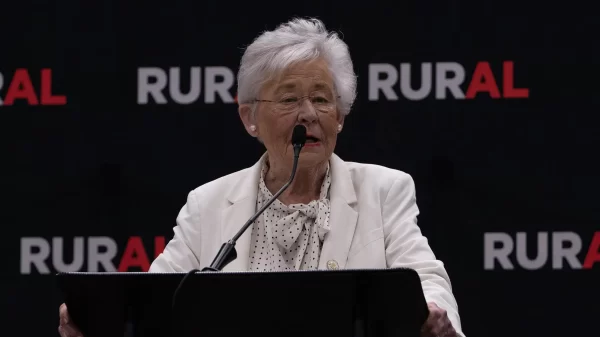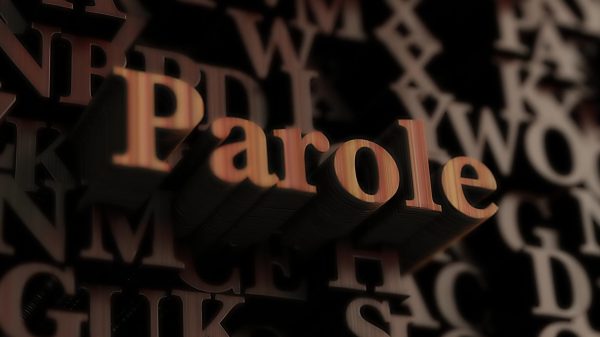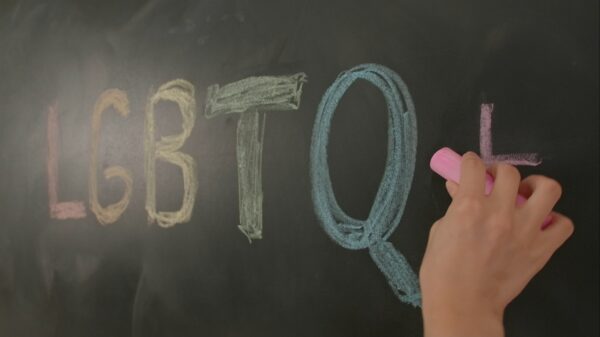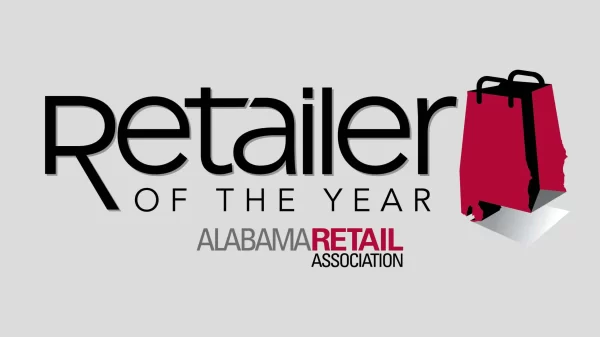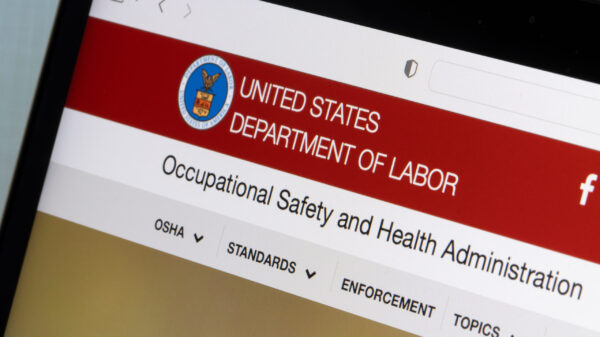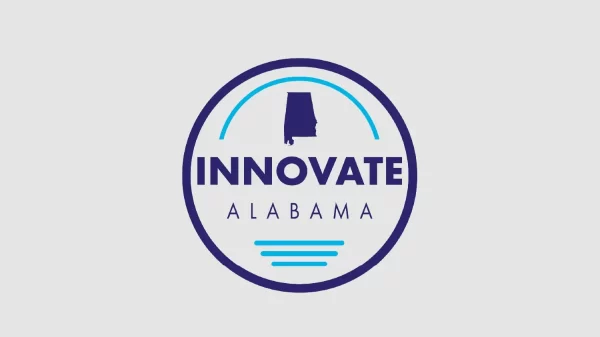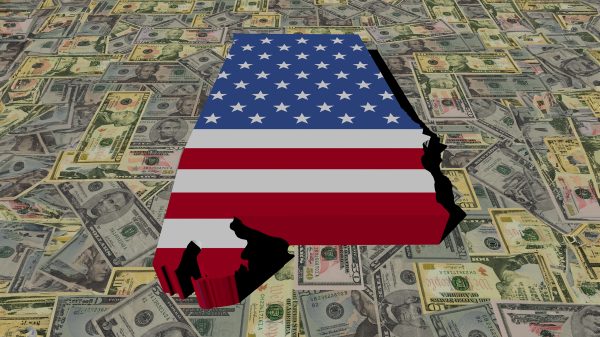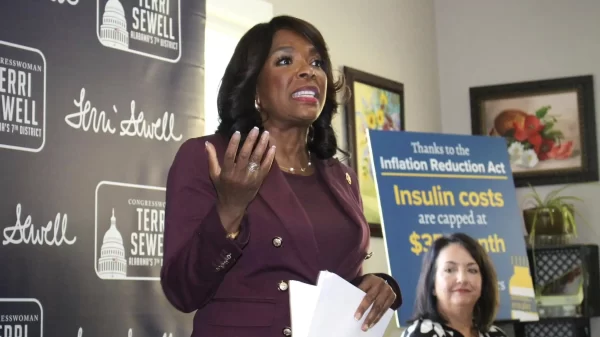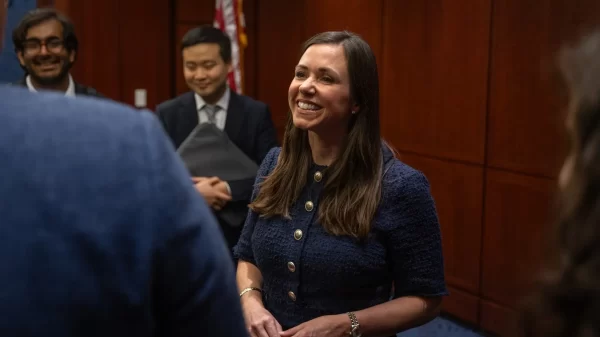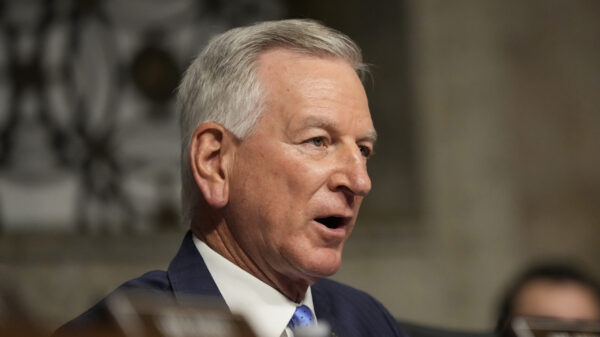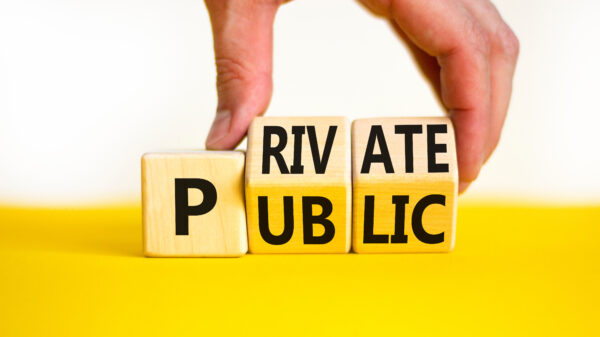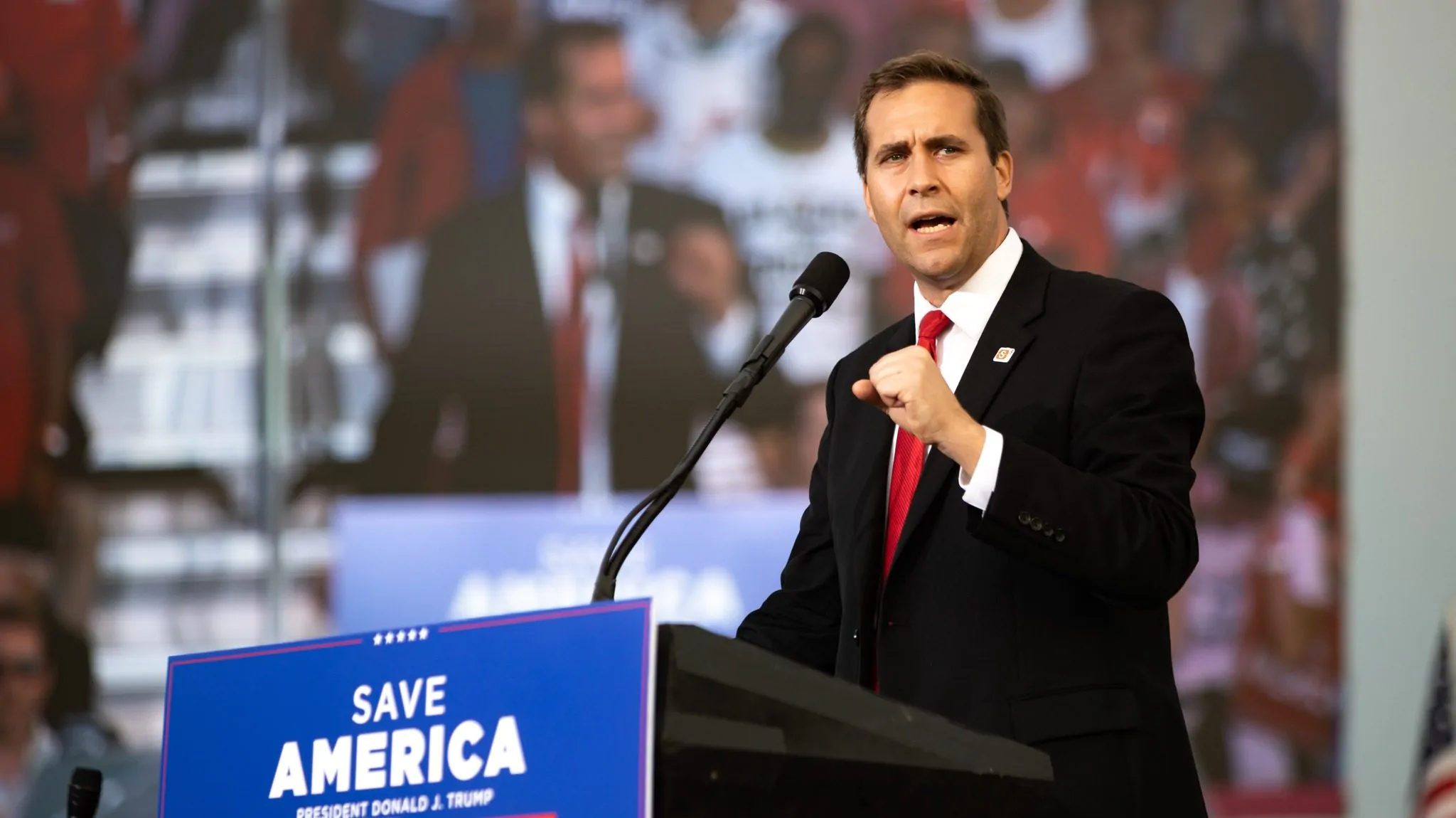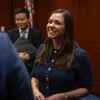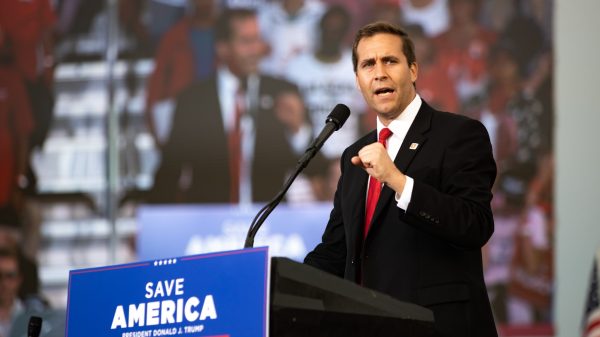|
Getting your Trinity Audio player ready...
|
John Wahl, chairman of the Alabama Public Library Service board and the Alabama GOP, has been clear in the days since the APLS board voted to defund the Fairhope Public Library: “sexually explicit” shouldn’t be a confusing term.
Minutes after the meeting last week, Wahl said there are “no loopholes” in the state code for “sexually explicit” materials to remain in sections for minors 17 and under.
In an interview with APR Tuesday he reiterated: “We all know what sexually explicit is. I think some of these arguments are aimed at confusion when we all know what sexually explicit content is.”
But in addition to his argument that there should be an innate understanding of the term, Wahl said there are also “clear definitions on the federal and state level.”
When asked to provide an example, Wahl chose to cite a federal definition. Wahl provided a link to Section 2256 of title 18 of the U.S Code which defines “sexually explicit conduct” in reference to law on “sexual exploitation and other abuse of children.”
That code section actually contains two separate definitions for “sexually explicit conduct” as it relates to visual depiction of minors engaged in sexual activity, neither of which are used in context to written descriptions of sexual conduct.
One definition refers to the visual depiction of a minor involved in actual or simulated sex acts including sexual intercourse, bestiality, masturbation, sadistic or masochistic abuse, or lascivious exhibition of the anus, genitals or pubic area of any person.
The second definition describes basically the same conduct, but adds a qualifier that the depicted depiction is only to be considered sexually explicit conduct when it is “graphic.”
Section 10 of the same chapter defines “graphic” as meaning “that a viewer can observe any part of the genitals or pubic area of any depicted person or animal during any part of the time that the sexually explicit conduct is being depicted.”
That second, more strict definition, applies only to Section 8, subsection (b) of the statute.
Section 8 defines child pornography as “any visual depiction … of sexually explicit conduct, where (a) the production of such visual depiction involves the use of a minor engaging in sexually explicit conduct; (b) such visual depiction is a digital image, computer image, or computer-generated image that is, or is indistinguishable from, that of a minor engaging in sexually explicit conduct …”
Section 11 of the chapter defines the term “indistinguishable” to mean “the depiction is such that an ordinary person viewing the depiction would conclude that the depiction is of an actual minor engaged in sexually explicit conduct.”
Section 11 explicitly omits drawings, cartoons and paintings altogether. Under the latter definition of “sexually explicit conduct,” the definition would only apply if the content was “graphic” as defined in Section 10.
Applying the most comparable definition of sexually explicit conduct available in the section, a library book visually depicting what appears to be a real child engaged in sexual intercourse would not be considered sexually explicit conduct so long as no genitals, pubic areas or breasts were exposed.
The code section is part of a combined definition of “sexually explicit” that the Ozark-Dale County Public Library used in its new policies, which APLS distributed to libraries as a template policy. The Ozark definition combined the definition though with that of the Alabama definition of “harmful to minors” by adding a qualifier that in order to be found sexually explicit, the content must be”predominantly appeal to the prurient interest of children under the age of 18.”
“Prurient interest” is defined by court precedent as “a morbid or shameful interest in sex.”
Wahl also provided new guidance on the code language of “inappropriate for minors.” He told APR that the phrase and the state code definition of “harmful to minors” “could be very roughly viewed in a similar light.”
The state definition of “harmful to minors” requires materials to be taken as a whole, and in order to be found harmful, the material would have to appeal to the prurient interest of minors. Under the law, even a book that did appeal to the prurient interest of minors would not be considered harmful if it possesses “serious literary, artistic, political or scientific value for minors.”
House Bill 4 by Rep. Arnold Mooney, R-Indian Springs, would change that definition to include gender-oriented material, but it is not clear how the change would be applied. The materials would still have to appeal to the prurient interest of minors when taken as a whole and lack serious literary, artistic, political or scientific value for minors to be considered harmful to minors.

